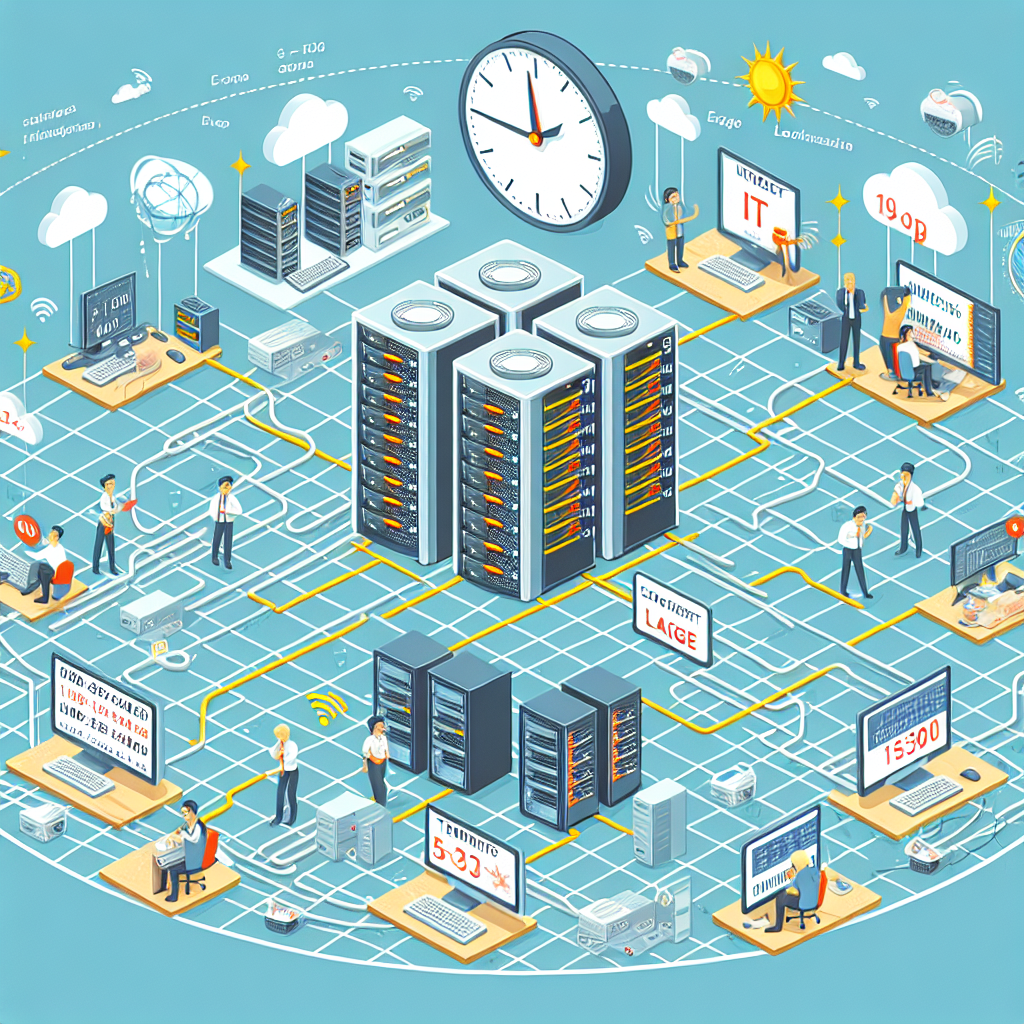Your cart is currently empty!
Understanding Latency: Causes, Effects, and Solutions

In today’s fast-paced world, latency is a common term used to describe the delay between the initiation of a request and the response. Whether it’s loading a webpage, streaming a video, or playing an online game, latency can have a significant impact on user experience. In this article, we will discuss the causes, effects, and solutions of latency in various technology applications.
Causes of Latency:
There are several factors that can contribute to latency in technology applications. One of the primary causes is network congestion, which occurs when there is a high volume of data traffic on a network, causing delays in data transmission. Another common cause of latency is distance, as data packets have to travel longer distances between servers and clients, resulting in increased latency.
Other factors that can contribute to latency include hardware and software limitations, server overload, and inefficient data processing. Additionally, the type of connection being used, such as a wired or wireless connection, can also impact latency.
Effects of Latency:
Latency can have a variety of effects on technology applications, depending on the severity of the delay. In online gaming, high latency can result in lag, making gameplay frustrating and unresponsive. For streaming services, latency can cause buffering issues, leading to interruptions in video playback. In web browsing, latency can slow down page loading times, leading to a poor user experience.
Overall, latency can impact the performance and usability of technology applications, affecting user satisfaction and productivity.
Solutions to Latency:
There are several solutions to reduce latency and improve the performance of technology applications. One common solution is to optimize network infrastructure by upgrading hardware, reducing network congestion, and implementing quality of service (QoS) mechanisms to prioritize traffic.
Another solution is to minimize the distance between servers and clients by using content delivery networks (CDNs) or edge computing technologies. CDNs distribute content across multiple servers located closer to users, reducing latency and improving performance.
Additionally, optimizing software and data processing algorithms can help reduce latency by improving efficiency and speed. Using caching mechanisms, compression techniques, and parallel processing can also help reduce latency in technology applications.
In conclusion, latency is a common challenge in technology applications that can impact user experience and performance. By understanding the causes of latency, its effects, and implementing appropriate solutions, businesses and individuals can improve the speed and responsiveness of their technology applications, enhancing user satisfaction and productivity.

Leave a Reply